1. The best sites are booked by word of mouth
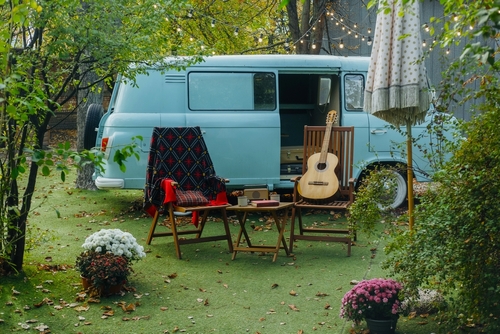
Many small or family-run campgrounds don’t rely on online booking systems. Locals often snag the best spots by calling directly or showing up in person, especially at places that don’t advertise widely. That’s why you might see a “Full” sign when the website says otherwise. If you want that lakefront site, try phoning the owner instead of refreshing the booking page.
These informal reservations happen because some campgrounds prefer loyal, repeat guests. Locals often build relationships with owners over years of visits. It’s less about favoritism and more about familiarity—campground owners trust people they know to care for the space. If you’re polite and friendly, you can become “in the know” pretty quickly too.
2. “No hookups” doesn’t always mean roughing it
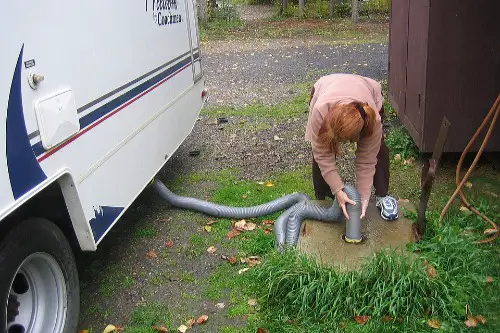
Some campgrounds listed as “primitive” or “no hookups” actually have shared amenities nearby. Locals know where to find hidden spigots, unlisted electrical outlets, or community showers tucked behind main buildings. It’s not deception—it’s just that smaller campgrounds rarely update all their listings. You could camp off-grid but still grab a quick shower if you know where to look.
That’s why asking other campers is key. Locals will often point you to little-known comforts, like the one working plug behind the ranger station. Many veteran campers carry long extension cords or collapsible water containers for this reason. It’s all part of camping smarter, not harder.
3. The quietest spots are farthest from the bathrooms
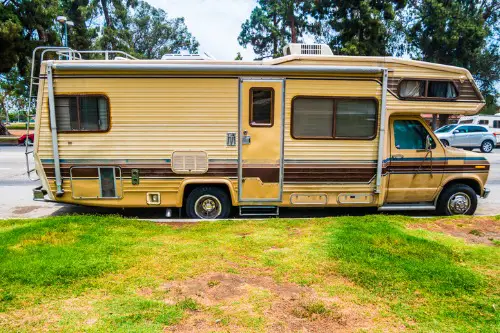
It’s a trade-off most travelers don’t realize until it’s too late. The convenience of being close to the restroom or water pump also means dealing with foot traffic and late-night noise. Locals usually head to the farthest loop or choose sites backed by trees instead of open areas. Those extra steps mean a lot more peace and privacy.
Noise levels can vary drastically even within the same campground. A few hundred feet can separate a restless night from a tranquil one. If you’re car camping, pack a small wagon or tote to haul gear a little farther from the crowd. Locals swear the silence is worth every trip to the loo.
4. Locals camp off-season for the best experience
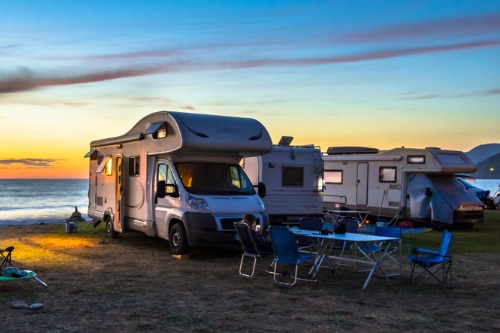
In many areas, the off-season is when the magic happens. Locals know that early spring and late fall bring fewer crowds, fewer bugs, and cheaper rates. Some campgrounds technically “close,” but that only means the staff stops maintaining amenities, not that camping is forbidden. If you can handle chillier nights, you’ll get the place nearly to yourself.
Off-season camping also offers a more natural experience. Wildlife returns, and the landscape feels less trampled. Locals often call these months “shoulder season,” and they plan their trips accordingly. Bring layers, check access roads, and enjoy a peaceful slice of nature most travelers never see.
5. The camp host knows everything—be nice to them
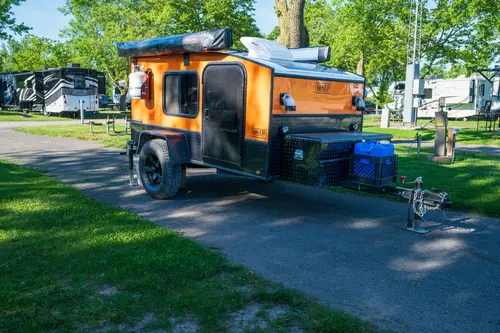
That friendly person in the golf cart? They’re your gateway to insider knowledge. Camp hosts often live on-site for months, managing everything from check-ins to maintenance. They know which trails are washed out, which sites flood in the rain, and which stores nearby sell the best firewood.
Locals treat camp hosts like gold, and for good reason. A good conversation can lead to tips on secret swimming holes or shortcuts to hiking spots. They might even hold a site for you next time if you hit it off. A little kindness goes a long way in campground circles.
6. Locals never buy firewood from the gas station
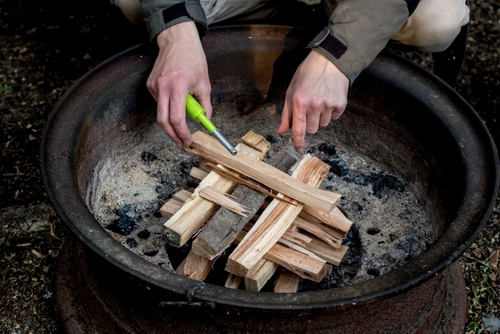
You’ll almost always pay double for firewood near major highways or town centers. Locals either bring their own or buy from roadside stands run by nearby farms. It’s usually drier, cheaper, and seasoned properly for a clean burn. Plus, buying local firewood helps prevent the spread of invasive insects between regions.
There’s also the “bring it, burn it” rule that regulars live by. Moving wood from one area to another can spread pests like the emerald ash borer. Locals know the importance of keeping ecosystems healthy. So they buy where they burn—something travelers often overlook.
7. The prettiest trails aren’t always on the map
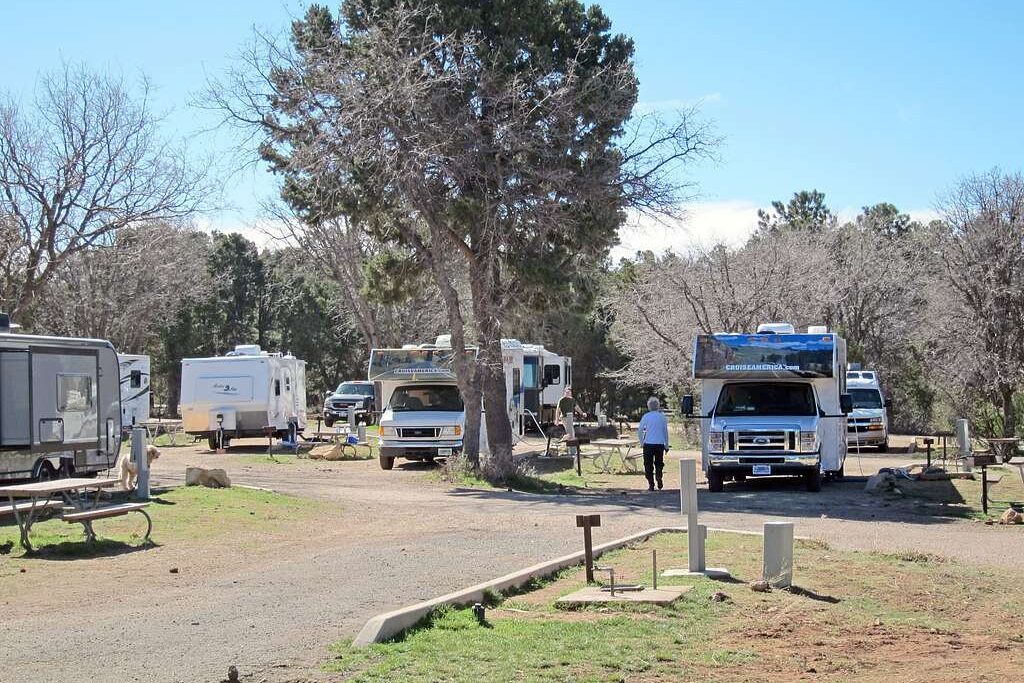
Locals love “unofficial” paths that lead to waterfalls, overlooks, or river bends most tourists miss. These trails often start near obvious landmarks but peel off subtly, marked only by worn footpaths or stacked rocks. You won’t find them on brochures for liability reasons. But ask the right person, and you’ll get directions to a spot that feels truly hidden.
Exploring responsibly is key, though. Stay on existing footpaths to avoid damaging vegetation. Locals protect these places by keeping them semi-secret and expect visitors to treat them with care. If someone shares a hidden gem, consider it a trust you shouldn’t break.
8. Wildlife visits depend on your food habits
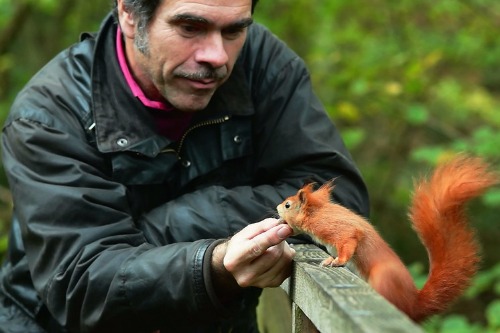
Locals know that bears, raccoons, and even deer make their rounds based on where campers leave snacks. If your cooler smells like bacon, you’re basically ringing a dinner bell. Experienced campers store everything—food, toiletries, trash—in sealed containers or bear boxes, even when it feels unnecessary. It’s the difference between a calm night and a midnight surprise.
Animal visits aren’t random; they’re patterns learned over seasons. Locals can tell you which loops are “bear hot spots” or which campsites attract raccoons. They’ve watched newcomers make the same mistakes for years. Follow their lead, and you’ll keep both yourself and the wildlife safe.
9. Locals skip the camp store for better deals nearby
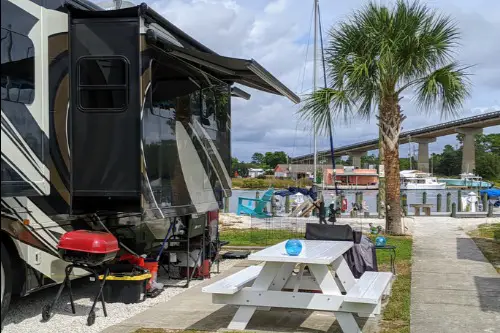
That tiny camp store might have what you need, but it’ll cost you. Locals stock up in town before heading out, often at discount or farm stores. They know those $8 marshmallow bags add up fast. A little planning means saving both money and frustration when supplies run low.
Some even support local produce stands or small markets on the drive in. It’s a win-win—fresher food and support for the community. Plus, you’ll find regional specialties that camp stores never stock. Think homemade jam, jerky, or local cider instead of the usual shelf-stable fare.
10. Campsite numbers aren’t random
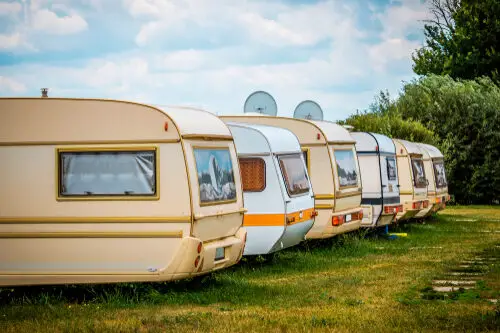
It might look like a random list, but there’s a pattern to site layouts. Lower numbers often sit closer to entrances and amenities, while higher numbers lead to quieter, more secluded spots. Locals use this numbering logic when reserving. It helps them choose ideal locations without even seeing a map.
Some parks even arrange sites to match sun exposure or drainage. If you learn how each campground structures its numbering, you can predict which sites flood or stay dry. Locals pick shaded numbers for summer and open ones for early spring warmth. A quick glance at the site map tells them everything they need to know.
11. Campgrounds sound different at night

Locals know that every campground has its own nighttime soundtrack. Near rivers, you’ll hear rushing water that can mask distant noise. Forested sites echo with owls, coyotes, and crickets, while desert sites amplify even the smallest whisper. Knowing the sounds helps locals pick spots they’ll actually sleep in.
If you’re sensitive to noise, it’s worth scouting during the day. Listen for nearby generators, road traffic, or party loops that might ruin your night. Locals have already learned which areas stay quiet after dark. It’s not superstition—it’s experience and good ears.
12. Locals clean before they leave, not after
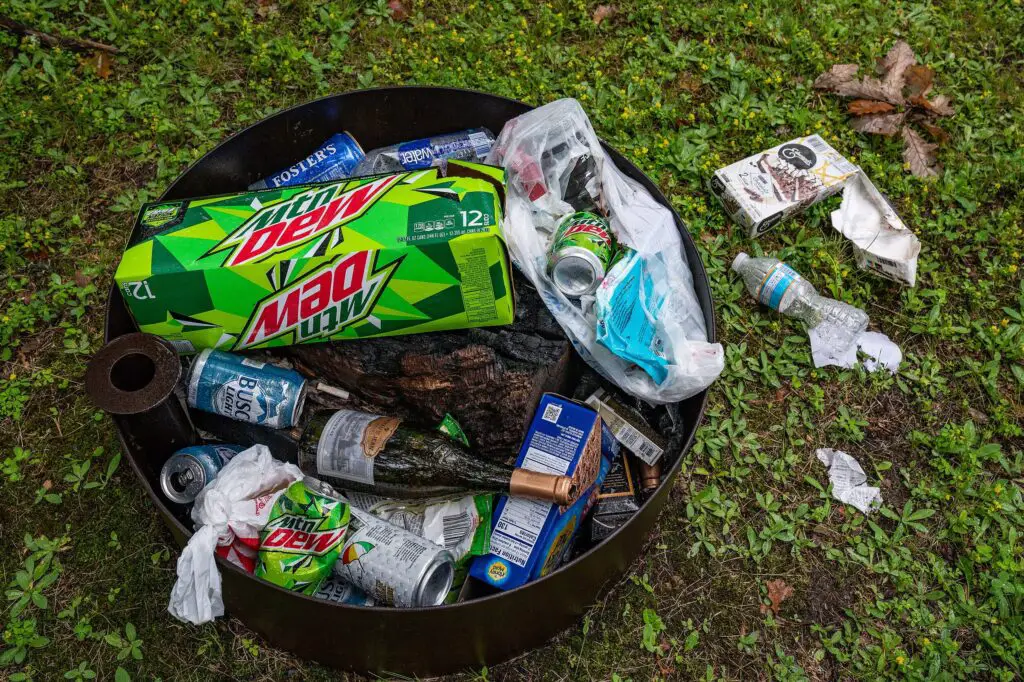
It’s a small thing that makes a big difference. Many travelers wait until morning to tidy up, but locals clean the night before. That way, they don’t wake to wet tents, soggy ash pits, or surprise visitors scavenging through leftovers. It also makes early departures smoother.
Leaving a spotless site isn’t just polite—it’s tradition. Locals see it as paying respect to the land and the next campers. It helps preserve natural spaces for everyone who comes after. And if you ever return, the host will remember you as one of the good ones.
This post 12 Campground “Secrets” Locals Refuse to Tell Travelers was first published on Greenhouse Black.
